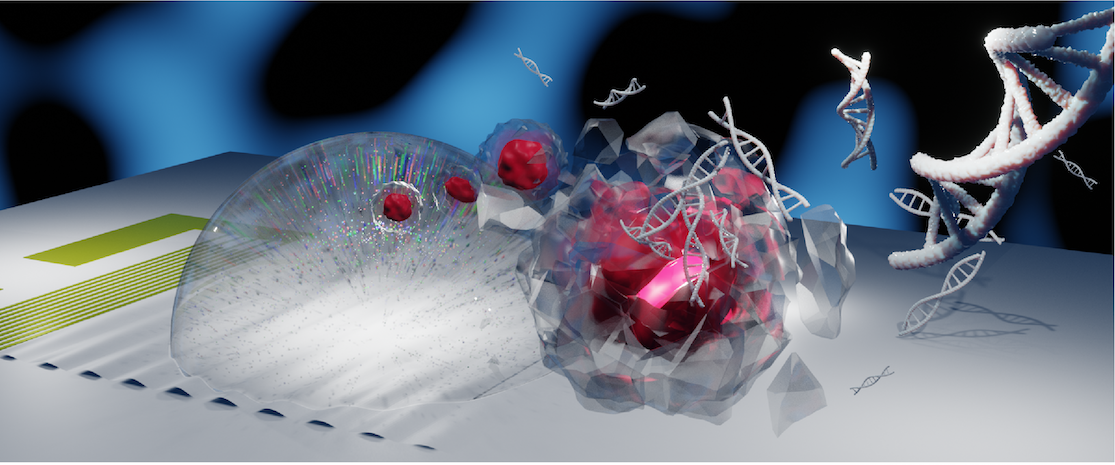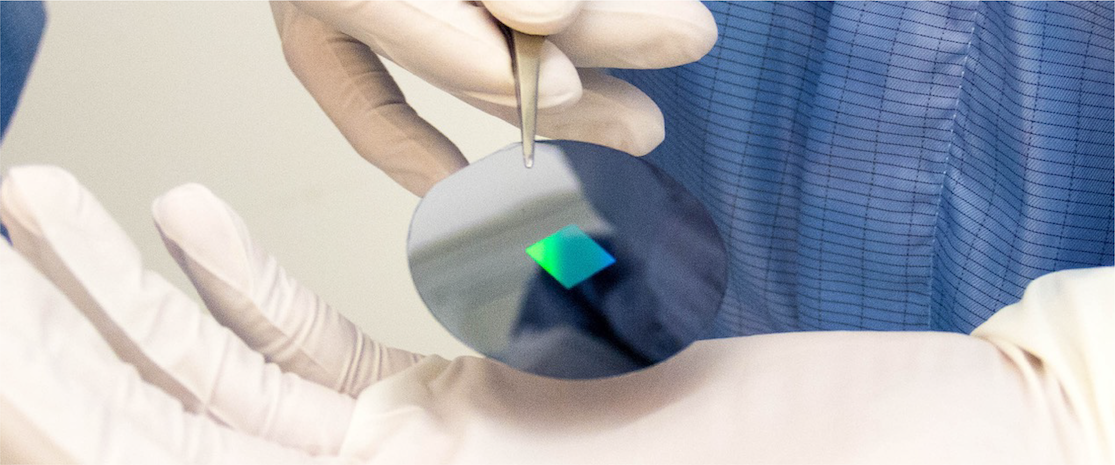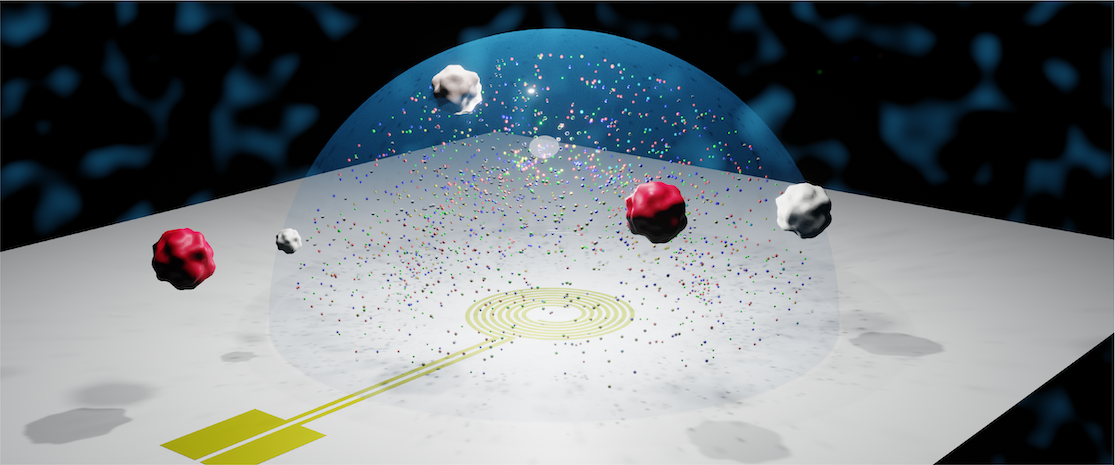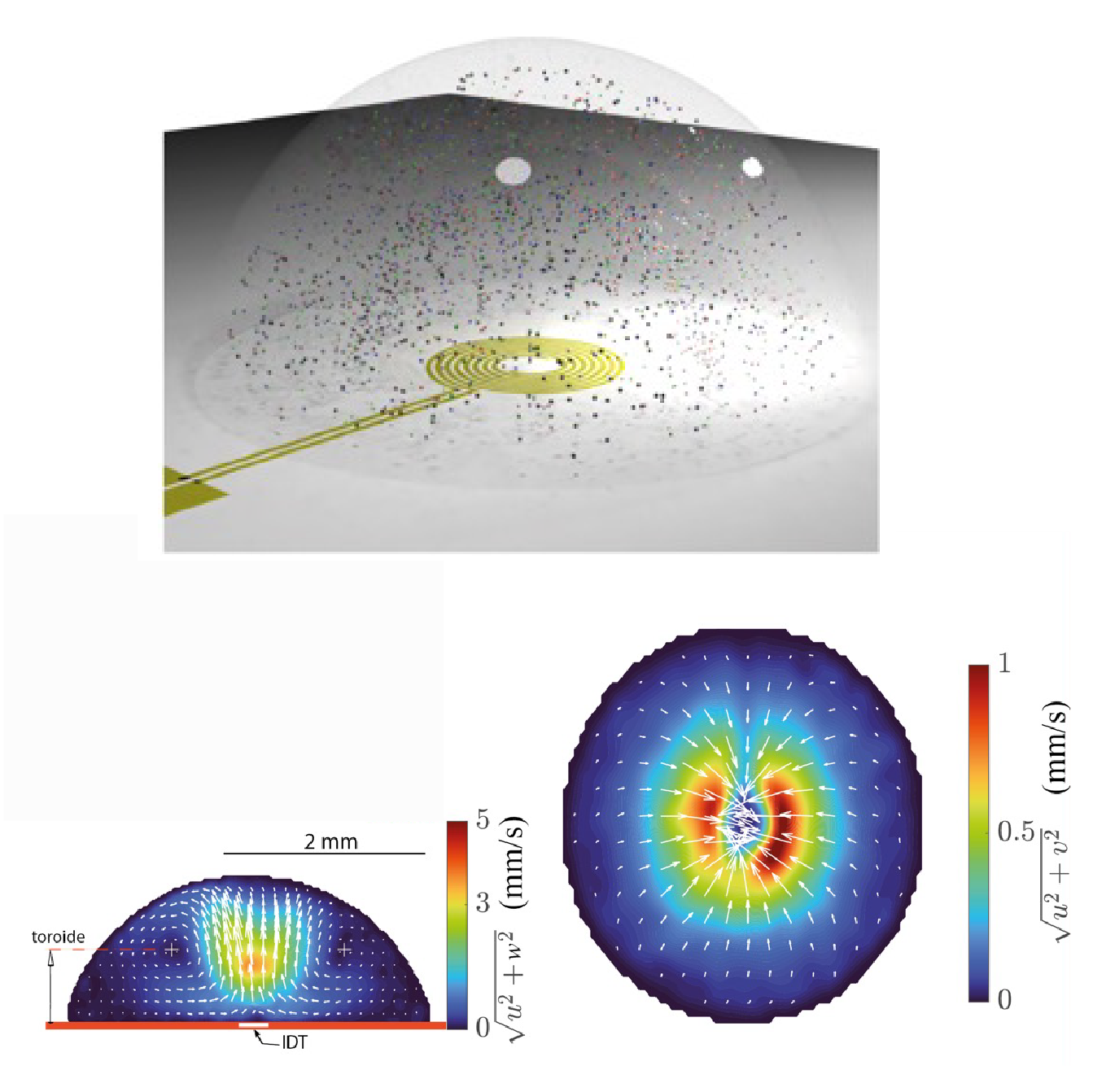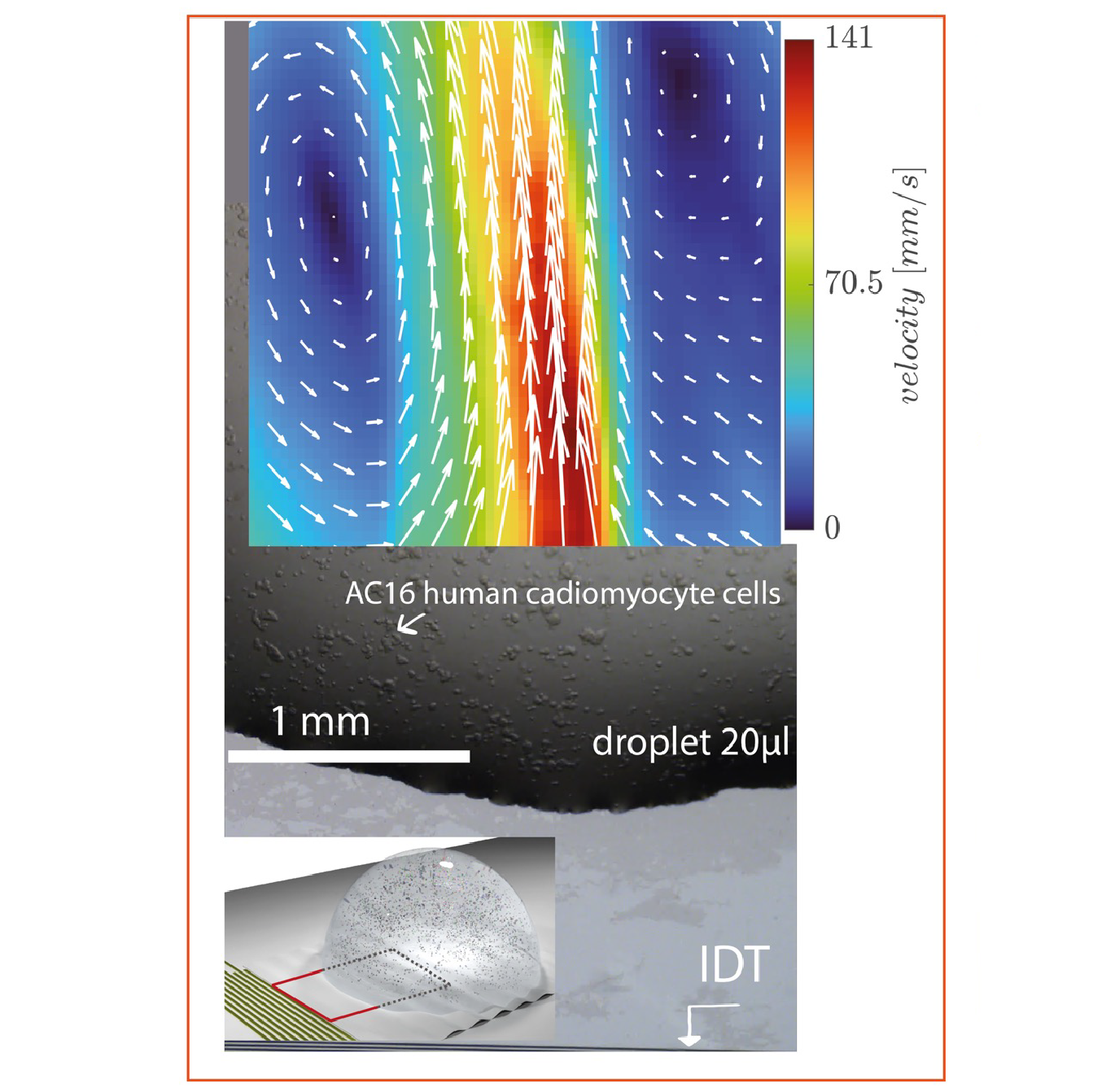Acoustofluidics and Biosensors
Non-contact manipulation of micro- and nano-size particles plays a leading role in modern microsystem technology due to its relevance in diverse engineering and scientific areas such as material science, biomedical and clinical diagnostics. Acoustic fields can induce forces by scattering of the acoustic waves on individual particles or by the attenuation of the acoustic field in the fluid leading to flow streaming, opening to potential applications of indirect manipulation of particles, mixing, lysis of cells, etc. However, the control of the position, orientation and scale of the acoustic forces inside the bulk liquid, in addition to thermal management and scaling of the actuation of the acoustic forces to large volumes in the millilitre range remain an unmet challenge. Our research focuses on the design and fabrication of acoustic-based devices, and the study of acoustic induced flow streaming and acoustic radiation forces. We aim to design acoustic based operators for flow and particle actuation, including both synthetic particles and cells. We fabricate the SAW devices at the NTNU NanoLab cleanroom using Laser and Electron Beam Lithography combined with metal deposition by E-beam for the fabrication of the interdigital electrodes. The devices are characterized using Scanning Electron Microscopy and optical microscopy, electrically by a network analyser, and thermally with an infrared camera. Flow visualization experiments are conducted using a fluorescence inverted microscope, a digital holographic microscope, and a micro-PIV-LIF system. We use functionalized synthetic particles and human-cells. The facilities include a biosafety level 2 cabinet, cell incubator, cell counting, Qubit fluorometer for DNA and protein quantification, E-Gel Power Snap electrophoresis, 2100 Bioanalyzer and Multiskan™ FC Microplate Photometer. The studies are complemented with analytical and numerical studies.
